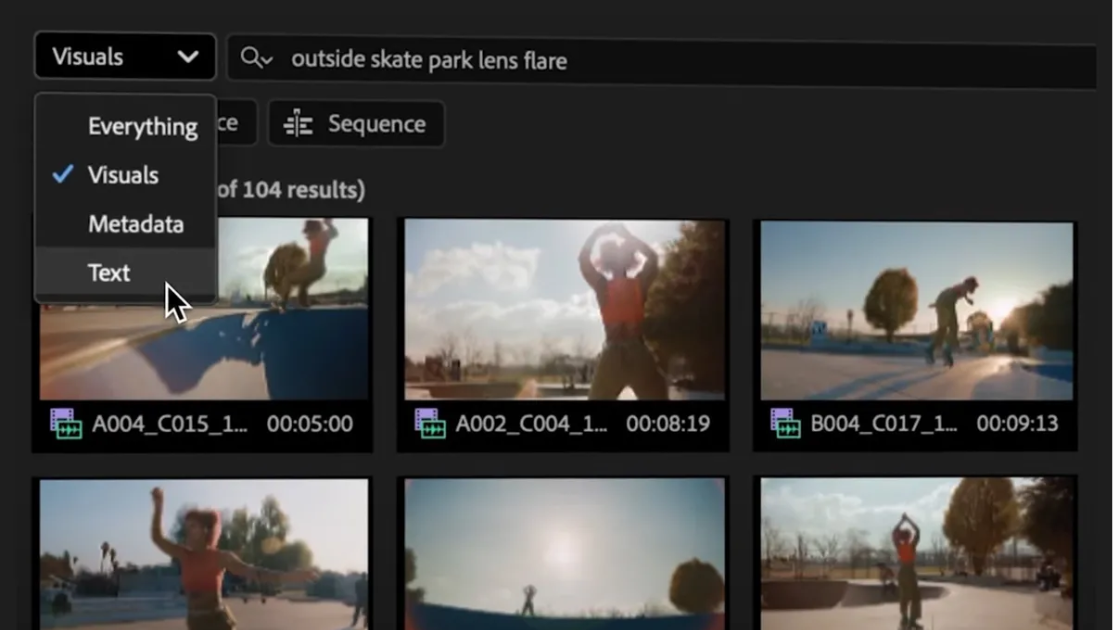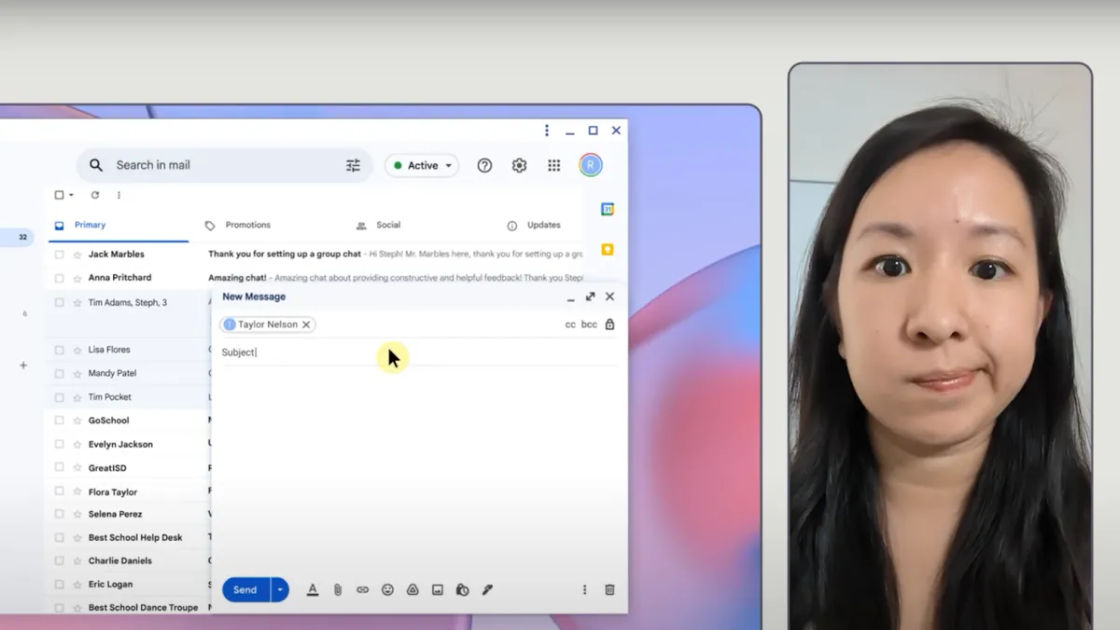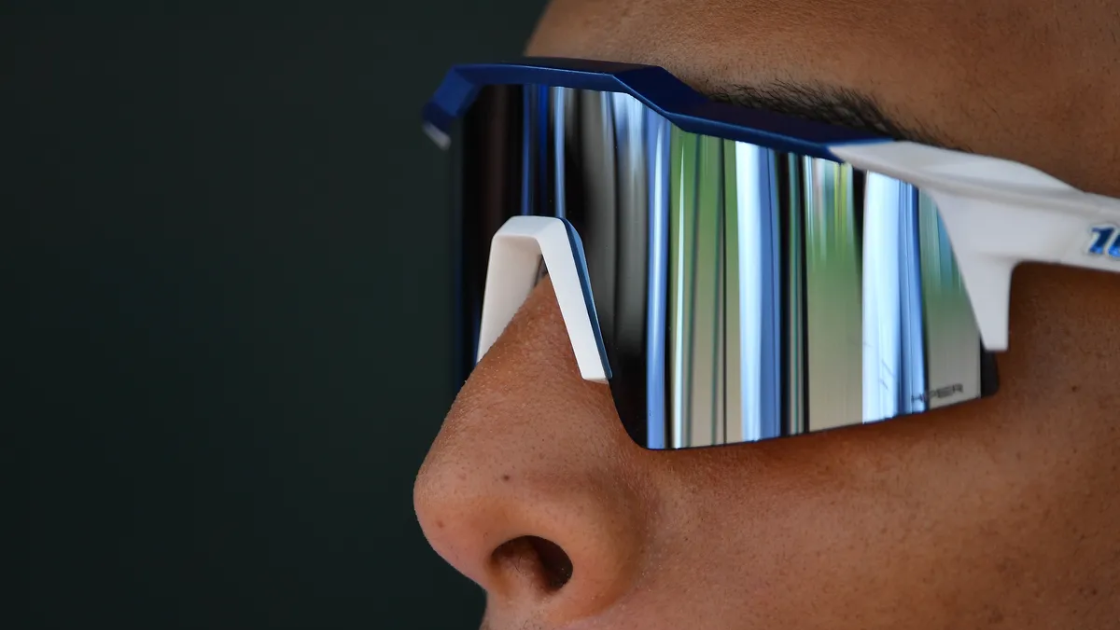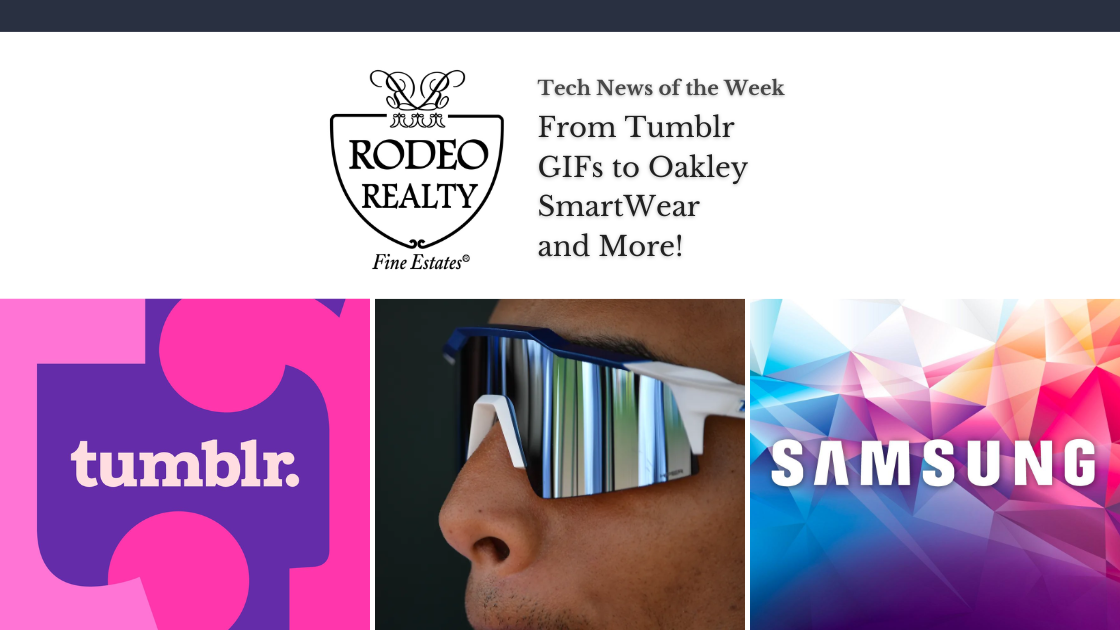Stay connected to the world of tech! From Tumblr GIFs to Oakley SmartWear and more, we have covered the latest news for you. Check out the major headlines from the week in our round-up below:
Tumblr Introduces Tumblr TV Tab to Showcase GIFs and Videos

Tumblr has launched a new “Tumblr TV” tab at the top of its app, offering users a dedicated space for discovering GIFs and video content. Originally introduced in 2015 as a GIF-finding feature, Tumblr TV now includes videos and adopts a swipe interface reminiscent of short-form video apps. New users will find the tab enabled by default, while existing users can activate it via Dashboard Tabs settings. The feature allows users to engage with content by liking, commenting, reposting, or sharing. Despite the addition of video, Tumblr TV remains heavily focused on GIFs, offering a browsing experience that feels more akin to scrolling through a group text full of GIFs than competing with platforms like TikTok.
Samsung and Google Team Up to Develop AR Glasses

Samsung and Google are collaborating on augmented reality (AR) glasses, according to Samsung’s TM Roh, though specific details, including a release timeline, remain unclear. The glasses are part of a broader effort to co-develop the Android XR operating system for mixed reality devices, which also powers Samsung’s Project Moohan mixed reality headset. The headset, described as a blend of Meta Quest 3 and Vision Pro functionality, enables features like app pinching, resizing, and immersive media viewing. This announcement follows Meta’s reveal of its Orion AR glasses prototype and coincides with Samsung’s unveiling of the Galaxy S25 lineup, including the S25, S25 Plus, and S25 Ultra.
Adobe Updates Premiere Pro, After Effects, and Frame.io with AI and Performance Enhancements

Adobe has introduced AI-powered visual recognition in Premiere Pro’s search feature, enabling users to locate video clips by describing their contents, such as “a person skating with a lens flare.” The AI can identify objects, locations, and camera angles, provided metadata or transcripts are attached, though it doesn’t analyze audio or recognize individuals. This feature runs on-device, ensuring user data isn’t used to train AI models. Premiere Pro also adds a translation tool supporting 17 languages, allowing multiple caption tracks for simultaneous editing, both now available in the app’s beta version.
Updates to After Effects include HDR monitoring and a revamped caching system that leverages both RAM and disk storage, enabling smoother playback of large projects on older hardware. Additionally, Canon C80 and C400 cameras now integrate with Frame.io’s Camera to Cloud feature via a firmware update, streamlining direct file uploads to the platform. These enhancements aim to improve workflows and efficiency for video editors.
Google Expands ChromeOS with Accessibility and Classroom Features

Google is rolling out new ChromeOS features, including a head and facial expression control tool for users with motor impairments. Initially announced in December, this accessibility feature is now available on more Chromebooks, with Google recommending devices with at least 8GB of RAM. The tool builds on Google’s prior accessibility efforts, such as the open-source Project Gameface. Looking ahead, Google plans to release over 20 new Chromebooks in 2025, including updates to its Chromebook and Chromebook Plus lines, like the 14-inch Lenovo Chromebook Plus 2-in-1.
For educators, Google has introduced classroom tools that allow real-time control of student Chromebooks. Teachers can send content directly to students’ screens, enable live captions or translations, monitor activity, and share work with the class. Additionally, Google Classroom now integrates with Figma’s FigJam, letting teachers assign online whiteboards for collaborative brainstorming. These updates aim to enhance accessibility and streamline classroom interactions for educators and students alike.
Meta and Oakley to Collaborate on Athlete-Focused Smart Glasses

Meta is reportedly developing Oakley-branded smart glasses, dubbed “Supernova 2,” set to launch later this year, according to Bloomberg. Based on Oakley’s Sphaera model, these glasses will feature a camera positioned in the center of the frame, aiming to attract cyclists and outdoor athletes. While specific details remain sparse, the glasses are expected to include features similar to the current Ray-Ban Meta smart glasses. The collaboration leverages EssilorLuxottica’s ownership of both Oakley and Ray-Ban to diversify Meta’s wearable tech offerings, targeting athletes with lightweight, stylish designs that may include polarized lenses for better visibility.
Meta is also planning an upgraded version of its Ray-Ban smart glasses with a built-in display for notifications, simple apps, and photo previews. To meet athlete needs, the Oakley glasses will need to address key factors such as weight, sweat resistance, and battery life, potentially offering a modern alternative to the discontinued Bose Frames Tempo.
